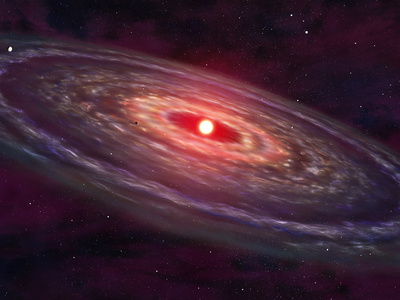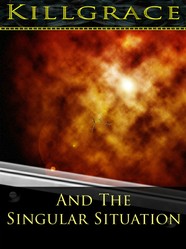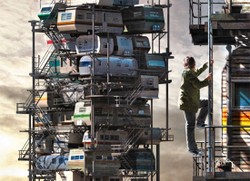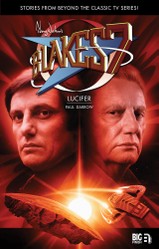"Solar winds and steel chains are a difficult way to rescue a creature the size of a planet from the grip of a black hole. When the creatures in difficulty are something neither Susan or Cet have seen before, staying uninvolved is not an option. Gravity and relativity are not the only problems they face: there's also getting the would-be rescuers to work together."
"I really liked the original type of sci-fi adventure going on in the story"
IA Book reviews/
A science fiction novella available from Amazon, Singular Situation covers a rather unique rescue in poor conditions. This lens includes background detail and author's notes, although spoilers will be avoided where possible.







 Making Firefly Lanternson 01/26/2015
Making Firefly Lanternson 01/26/2015
 Killgrace and the Gentleman of Leisureon 08/22/2014
Killgrace and the Gentleman of Leisureon 08/22/2014



Comments